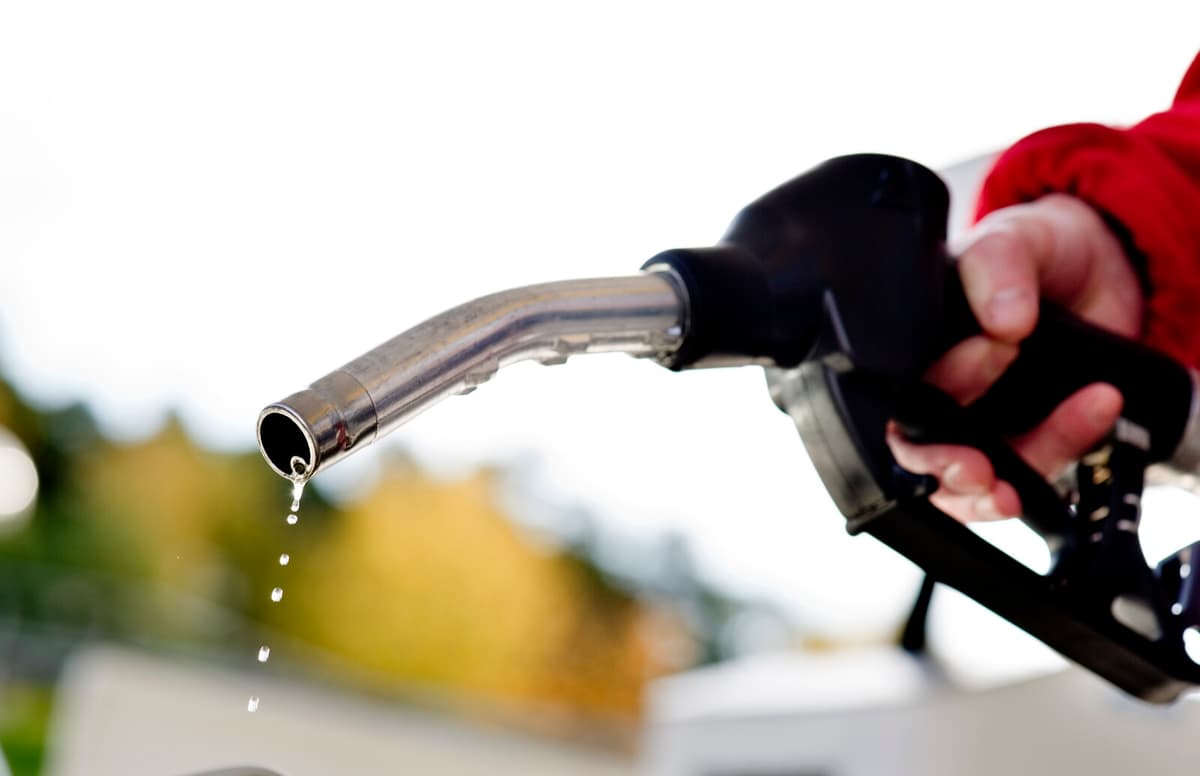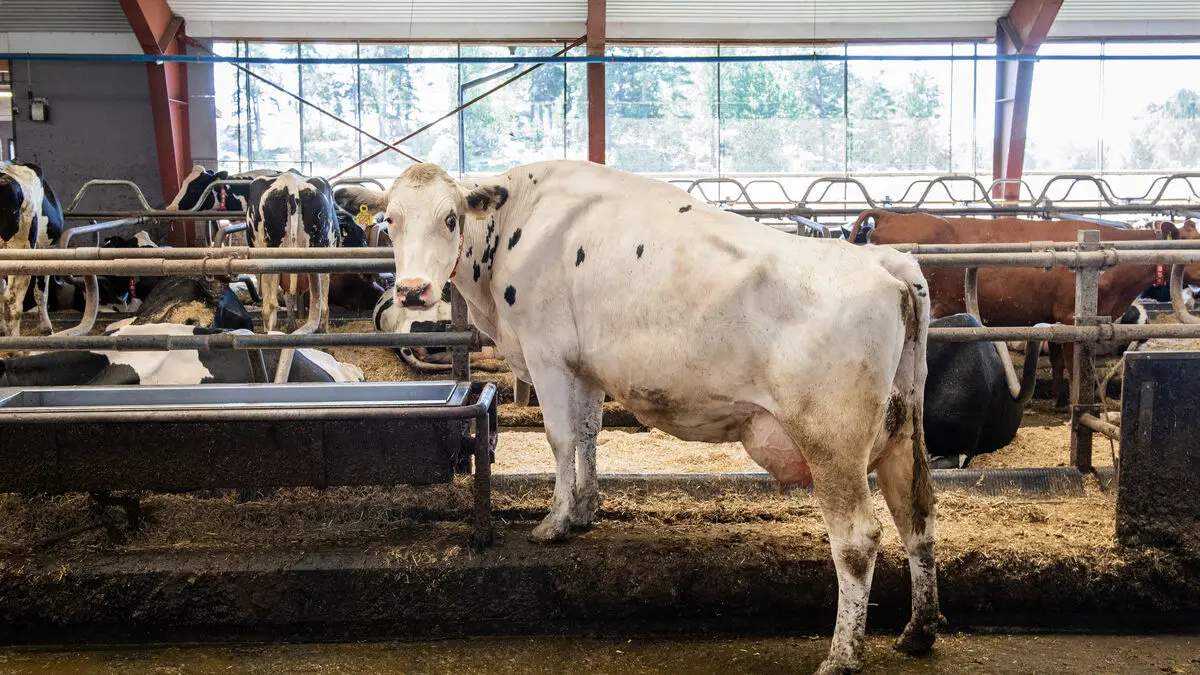The Government and the Sweden Democrats highlighted fuel prices as one of the most important issues in the election campaign, and how much cheaper it would be to fill up the car.
It has also become so – significantly. When it was at its highest after Russia's attack on Ukraine in 2022, the diesel price soared to around 28 kronor per liter. Now, both gasoline and diesel cost under 17 kronor. Lower world market prices are an important explanation, as well as the reduced reduction obligation and lowered and frozen indexed tax increases.
Consumes significantly less
Today's price level is only slightly higher than if fuel prices had followed inflation since 2000. For comparison, a liter of milk almost costs as much as fuel in the tank and has also risen faster in price during the 2000s.
When cars also consume significantly less fuel today than 23 years ago, on average 20-35 percent lower, it can be stated that it is cheaper to drive a car now than then. Another factor contributes – today, a smaller proportion of wages is spent on gasoline to cover a certain distance than before, studies show.
"Record expensive gasoline but historically cheap to drive a car", wrote researcher Julius Andersson at the Stockholm School of Economics in an article in the spring of 2022. And then gasoline and diesel cost 5-10 kronor more than today.
And after the decline in fuel prices this year, it is now even cheaper historically, writes Julius Andersson in a comment to TT.
According to Mats Björsell at the Swedish Environmental Protection Agency's climate analysis unit, the cost has decreased by about a third since 2000 and by almost half since the beginning of the 1990s. This takes into account real wage increases and calculates the number of working hours required to pay for fuel for a certain distance.
Bad for two reasons
Despite this, fuel prices still rank high on the politicians' agenda. In the budget for 2025, the government and the Sweden Democrats propose lower taxes, although with a slightly higher reduction obligation again. And for 2026, it is intended that the same tax will apply as in 2025, i.e., no indexed fuel tax increase.
According to Julius Andersson, this is bad for two reasons:
"In addition to increasing greenhouse gas emissions in the short term, you also make households more vulnerable to fluctuations in oil prices", he writes.
Gasoline cost just under 10 kronor in 2000. 10 kronor in 2000 corresponds to almost 16 kronor in today's money.
In 2001, a newly manufactured gasoline car consumed an average of 0.84 liters per mile. In 2021, the corresponding figure was 0.54 liters, a decrease of 36 percent.
The average fuel consumption of a new diesel car decreased simultaneously from 0.67 to 0.52 liters per mile, down 22 percent.
The cars' fuel consumption is based on the car manufacturers' own data reported to the EU Commission.
Source: The Swedish Transport Administration, Statistics Sweden





